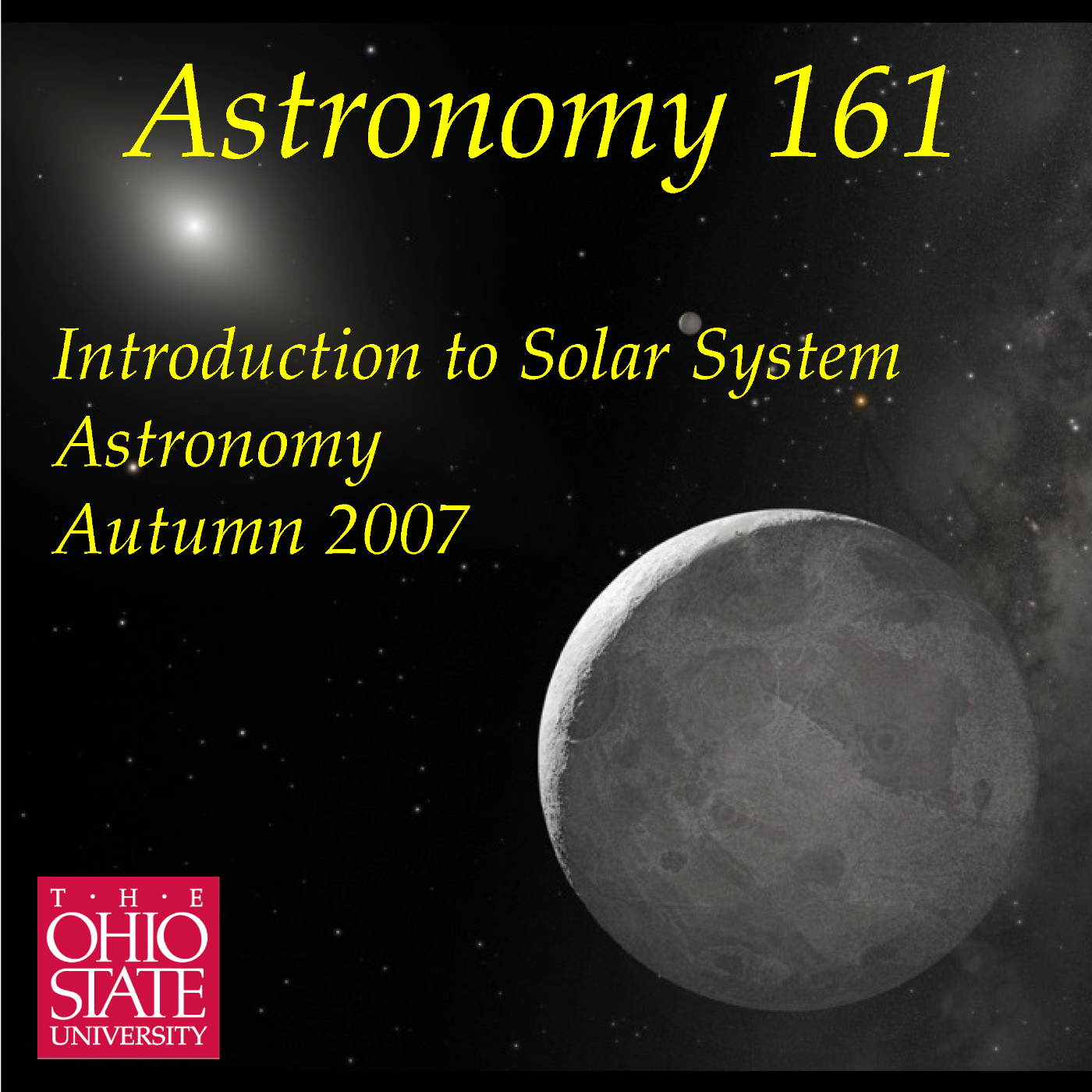Lecture 20: Tides
Description
Why are there two high tides a day? This lecture examines tides caused
by the differences in the gravity force of the Moon from one side to the
other of the Earth (stronger on the side nearest the Moon, weaker on the
side farthest from the Moon). The Sun raises tides on the Earth as
well, about half as strong as Moon tides, giving rise to the effect of
Spring and Neap tides that correlate with Lunar Phase. We will also
discuss body tides raised on the Moon by the Earth, and how that has led
to Tidal Locking of the Moon's rotation, which is why the Moon always
keeps the same face towards the Earth. We end with a discussion of the
combined effects of tidal braking of the Earth, which slows the Earth's
rotation by about 23 milliseconds per day century, and causes the steady
Recession of the Moon by 3.8cm away from Earth every year. Tidal
effects are extremely important to understanding the dynamical evolution
of the Solar System, as we'll see time and again in the second half of
the class. Recorded 2007 Oct 17 in 1000 McPherson Lab on the Columbus
campus of The Ohio State University.
More Episodes
A new podcast, Astronomy 141, Life in the Universe, is available
for those interested in continuing an exploration of topics in
modern astronomy.
Published 12/06/09
Published 12/06/09
Are we alone in the Universe? This lecture explores the question of how
we might go about finding life on planets around other stars. Rather
than talking about speculative ideas, like the Drake Equation or SETI, I
am instead taking the approach of posing it as a problem of what to look
for...
Published 11/30/07


